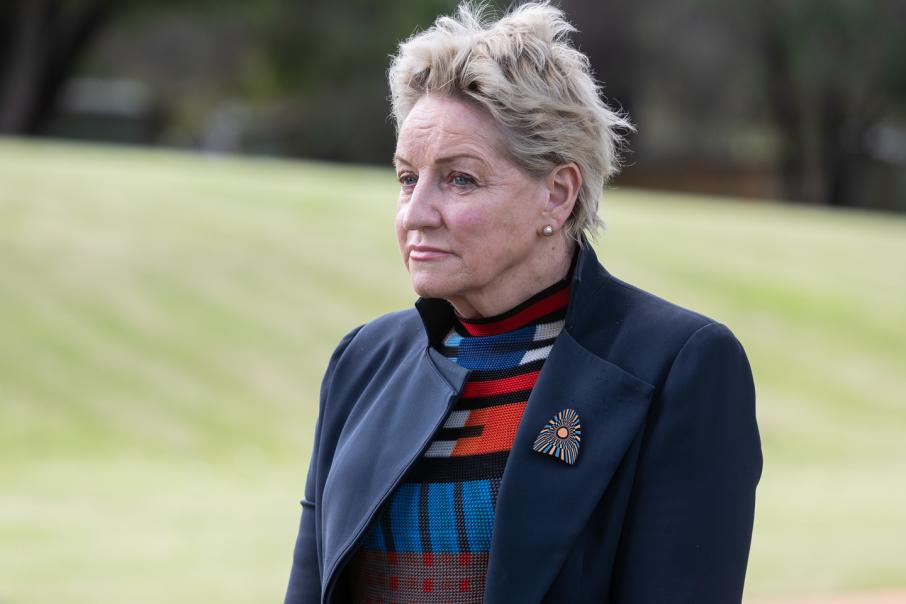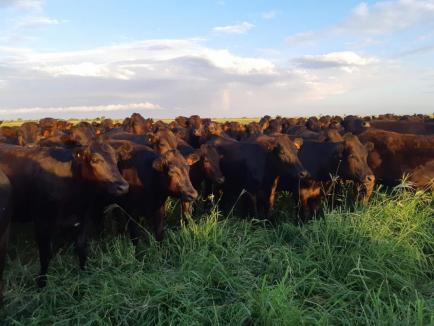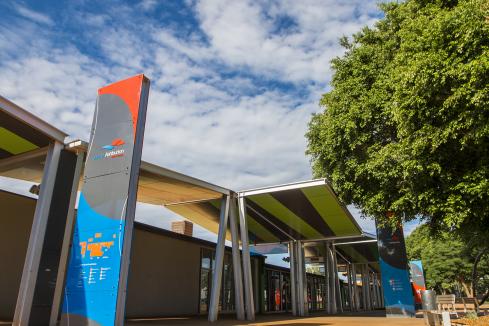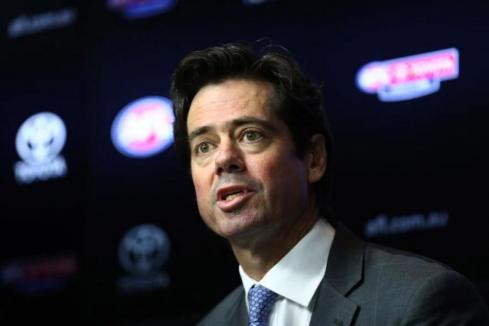Regional telecommunications are set for a boost with the announcement of 14 new telecommunications towers jointly funded by the state and federal governments.


Regional telecommunications are set for a boost with the announcement of 14 new telecommunications towers jointly funded by the state and federal governments.
The new towers will be located across the state, with three along Indian Ocean Drive at Cliff Head, Cliff Head Campsite and Coolimba-Eneabba Road in the Mid West.
Hyden East, a major agricultural transport network, and Talbot in the Wheatbelt, North Greenbushes in the South-West, Tunney North in the Great Southern and Cascade North in the Goldfields-Esperance regions will each benefit.
Towers will also be built at the Kadjina remote community located on the edge of the Great Sandy Desert and at Embulgan in the Kimberley.
Regional Development Minister Alannah MacTiernan stressed the importance of improving connectivity across the state.
"Good mobile connectivity is essential to reduce communications gaps along our state's major roads, travelled by thousands of people each week,” she said.
"It is also vitally important during an emergency - whether it be a road incident or natural disaster like fire or flood, being able to contact first responders as quickly as possible is critical.”
Nine towers across the Goldfields, Kimberley, Wheatbelt, Mid West, South West and Great Southern regions will be operated by Telstra.
Field Solutions Group will operate a tower in the Wheatbelt while Optus will take on four projects across the Gascoyne, South-West and Pilbara regions.
The federal government is contributing $34 million to Round 5 of the program across the country, which, with co-contributions from the funding recipients and state governments, will create $73 million of new infrastructure.
Former Federal Regional Communications Minister Mark Coulton has said the project aimed to increase the diversity of providers.
“In Round 5A, we want to support new ways of delivering mobile services to locations that have traditionally been less economic for mobile network operators, as well as giving consumers a greater choice of providers to increase competition,” he said.
Round 5A brings the total number of new mobile stations built under the program to 1,270.
“The 67 base stations funded under Round 5A across regional and remote Australia will collectively deliver over 12,000 square kilometres of new and improved handheld coverage,” said Regional Communications Minister, Bridget McKenzie.














